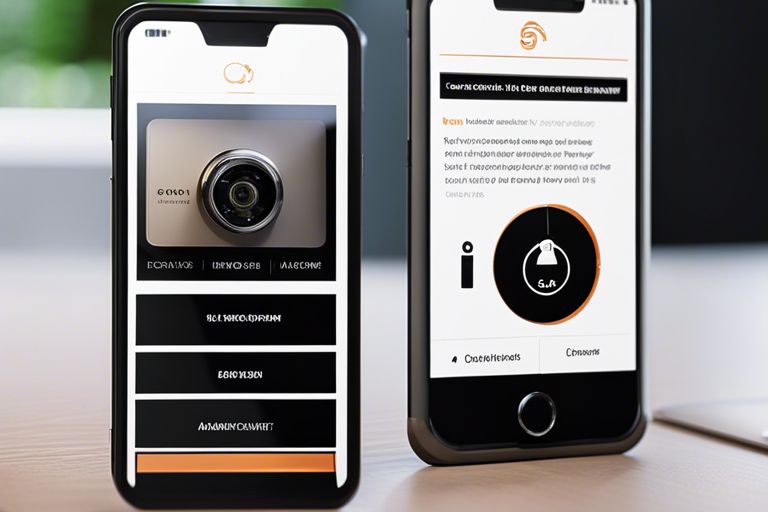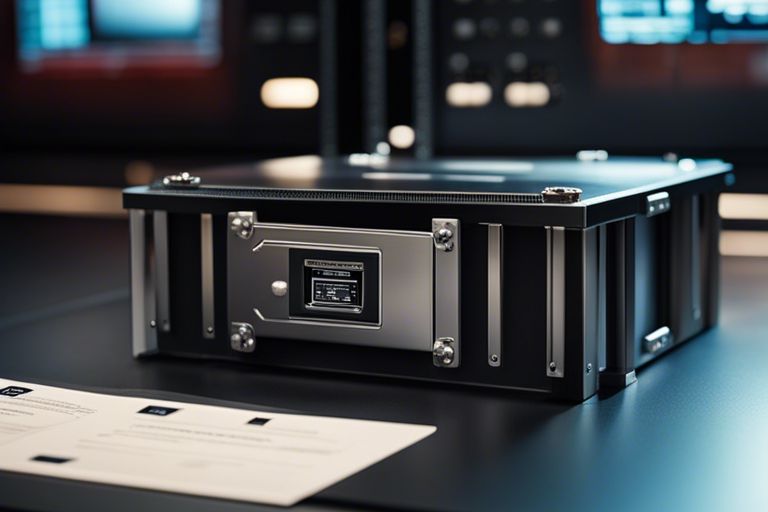In today’s digital age, the importance of cybersecurity cannot be overstated. With cyber threats becoming more sophisticated and prevalent, businesses and individuals must regularly assess their security measures. Conducting a cybersecurity audit is a proactive approach to identify vulnerabilities and ensure the necessary controls are in place to protect sensitive information.
Step 1: Define the Scope
The first step in conducting a cybersecurity audit is to define the scope. Determine the areas or systems that will be subject to the audit. This may include networks, databases, applications, or physical security measures. Identifying the scope will help focus the audit and thoroughly examine all relevant areas.
Step 2: Identify Assets
The next step is to identify the assets that need to be protected. This includes physical assets like servers and equipment and digital assets such as databases, software, and confidential information. By creating an inventory of help, you can prioritise their protection and allocate resources accordingly.
Step 3: Assess Risks
Once the assets have been identified, the next step is to assess their associated risks. This involves identifying potential threats and vulnerabilities that could compromise the assets’ confidentiality, integrity, or availability. Conducting a risk assessment will help prioritise the areas that require immediate attention and mitigation.
Step 4: Evaluate Controls
After assessing the risks, evaluating the existing controls in place is essential. This includes reviewing policies, procedures, and technical safeguards implemented to protect the assets. Identify any gaps or weaknesses in the rules and determine the necessary measures to strengthen them.
Step 5: Test Security Measures
To ensure the effectiveness of the security measures, it is crucial to test them. This can be done through vulnerability scanning, penetration testing, or simulated attacks. By simulating real-world scenarios, you can identify any vulnerabilities or weaknesses that may have been missed during the assessment phase.
Step 6: Document Findings and Recommendations
It is essential to document all findings and recommendations throughout the audit process. This includes identifying vulnerabilities, weaknesses in controls, and areas for improvement. By entering the audit findings, you can create a roadmap for remediation and track progress over time.
Step 7: Implement Remediation Plan
Develop a remediation plan to address the identified vulnerabilities and weaknesses based on the findings and recommendations. This may involve implementing additional security measures, updating policies and procedures, or training employees. It is essential to prioritise the remediation efforts based on the level of risk and allocate resources accordingly.
Step 8: Monitor and Review
Cybersecurity is an ongoing process, and monitoring and reviewing the controls’ effectiveness is essential. Regularly review and update the security measures to adapt to new threats and vulnerabilities. This includes staying informed about the latest trends in cybersecurity and implementing necessary changes to protect the assets.
Conclusion
Conducting a cybersecurity audit is crucial in protecting sensitive information and mitigating cyber risks. By following these steps, businesses and individuals can ensure that their systems and data are safeguarded from potential threats. Remember, cybersecurity is an ongoing effort, and regular audits are essential to stay one step ahead of cybercriminals.






